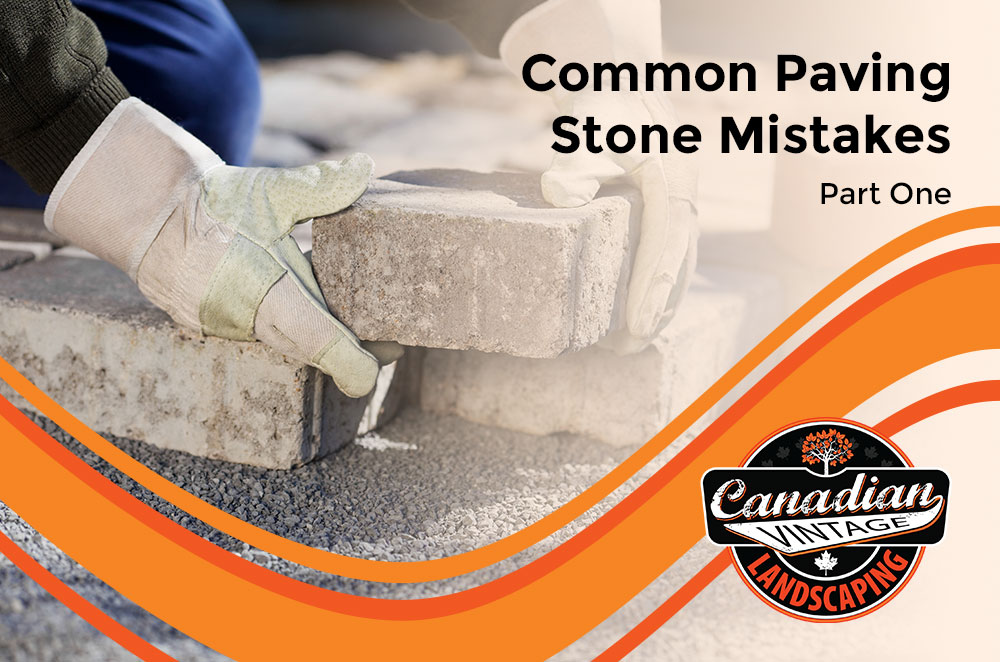You need to layer and compact all the layers below the stones themselves. If your foundation preparation is lacking, these will always cause problems on the surface. Excavate deep enough and decide where you want the top of the stones, taking into account the slope you will need for water to run off and away from the house. You also need to dig deep enough to accommodate for the thickness of your paving stones. Take into account the inch of screening sand just under the stones and the road gravel below that.
Road gravel is not just any gravel, it’s a combination of sand, very fine sand, small rocks and smaller rocks. This mix of sizes does something very different than the three quarter inch clean gravel used for drainage around the foundation of the house. The different sizes make it possible to compact this gravel very solidly. You need to compact every step of the walkway or driveway. You fill a couple inches of material and then compact. Don’t fill too much and try to compact too much at a time because it doesn’t get compacted on the bottom and that will eventually cause sinkage. This is a common problem if you don’t take the time to do it right. Using a commercial compactor is recommended because you can compact more than two inches at a time – remember, this compacted bed of sand carries the weight of whatever is going to be on top.
Before putting down screening sand, you can put down some kind of filter cloth that will prevent the screening sand from filtering down and eroding the support under the paving stones. Screening sand is primarily a fine sand with some rocks, whereas road gravel is composed mostly of rocks with enough fine sand to fill in between the rocks. The purpose of the screening layer is to allow the precise levelling or sloping of the surface under the paving stones. This layer also needs to be compacted and needs to be just thick enough to get the precise surface you want.
To be continued…



